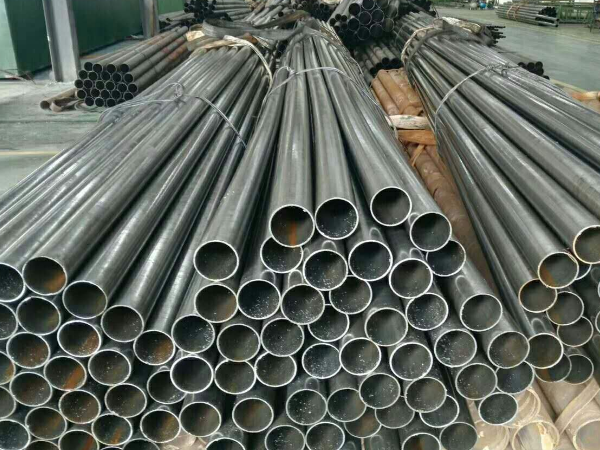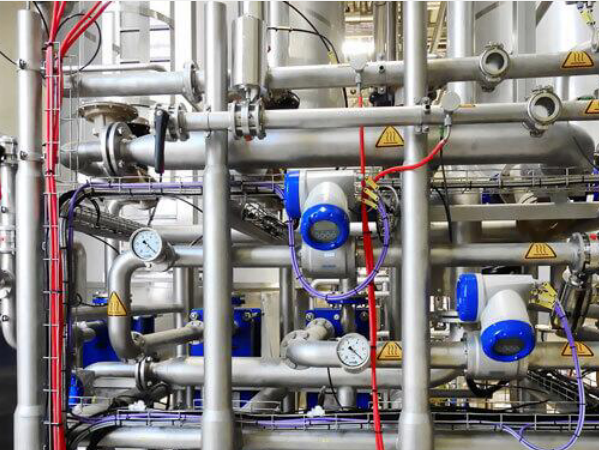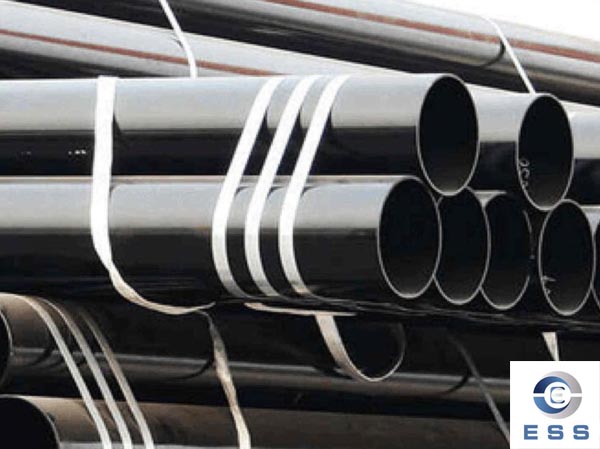The chemical composition of hot-dip galvanized seamless steel pipe is the basic condition to ensure the performance of the steel pipe, and the accuracy of the chemical composition analysis in the smelting process is a necessary condition for smelting high-quality steel. In general, the main chemical elements analyzed include C, Si, Mn, P, S, Cr, Mo, Ni, Cu, Al, W, V, Ti, As, Sn, B, Nb and other components.
(1) Chemical analysis: An analysis method based on the chemical reaction of substances.
(2) Instrumental analysis: An analysis method based on the physical and physicochemical properties of substances.
(3) Error: refers to the difference between the analysis result and the true value. According to its nature, it can be divided into random error, systematic error and gross error.
(4) Random error: also known as accidental error. It is caused by the small random fluctuations of a series of related factors in the measurement process, and it determines the precision of the measurement results.
(5) System error: It refers to the error formed by a certain factor or some factors acting in accordance with a certain rule under certain test conditions, which will appear repeatedly in each measurement, making the measurement result often higher or higher. On the low side, it determines the accuracy of the measurement result. The main sources are method error, instrument error, operation error and reagent error.
(6) Negligence error: refers to an error that is obviously inconsistent with the facts, and there is no certain rule. Regardless of the specific cause of the negligence error, in the analysis and testing process, as long as it is confirmed that there is a negligence error, the measured value containing the negligence error must be regarded as an abnormal value and discarded from a set of measured data.
(7) Chemical analysis tolerance: In actual analysis work, according to the standard or the competent department according to the requirements of production and scientific and technological development, while taking into account the level of analytical technology that can be achieved, the content range of a certain element can be determined Allowable error value. This allowable error range is customarily called "tolerance". The allowable error specified in the chemical analysis method is the quality standard for measuring the results of the analysis.









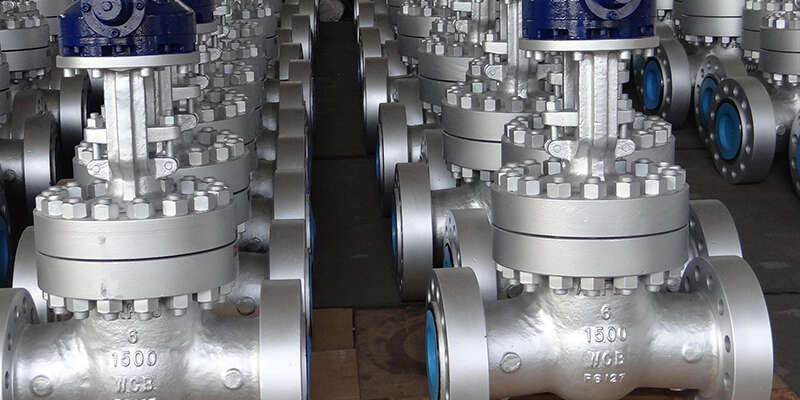
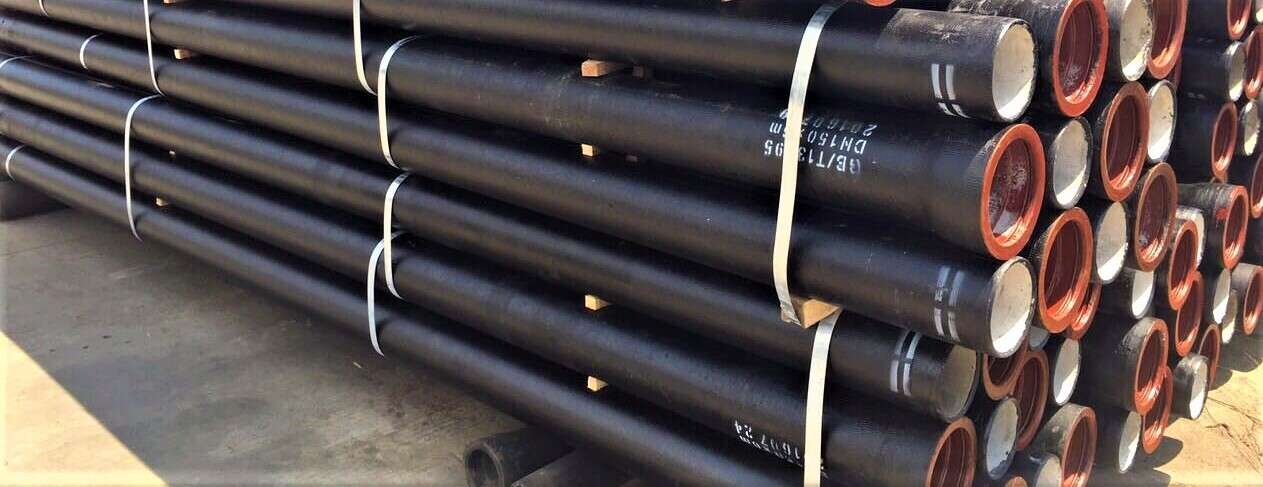


 Eastern Steel Manufacturing Co., Ltd no solo mejora la producción de productos y los servicios de venta, sino que también brinda servicios adicionales de valor agregado. Siempre que lo necesite, podemos completar sus necesidades específicas juntos.
Eastern Steel Manufacturing Co., Ltd no solo mejora la producción de productos y los servicios de venta, sino que también brinda servicios adicionales de valor agregado. Siempre que lo necesite, podemos completar sus necesidades específicas juntos.






